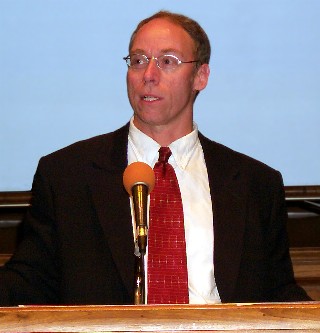A four fold scalloped design with a nested Celtic Cross bisected by an inner ring.
This formation was discovered from the air around 10.45am Sunday May 3. The glyph can not be seen from the surrounding landscape. Overall diameter of this event is approximately 180 feet. Due to severe time constraints no critical examination of the laid plants was carried out. It did however appear that at least a few people had visited the circle during the early morning of day one, resulting in random damage to plants all over the formation.

[Formation Nº 8 @ Clatford - nr Manton, Wiltshire - reported May 4, 2009]
This Pictogram was discovered from the air in the early morning of May 4 2009. It is not viewable from any position in the local landscape. During the night of the creation of the glyph there was moderate rainfall in the local area.
The Glyph measures approximately 800 feet in length and around 250 feet wide. The crop is around 5 feel high. Further, the formation stretches over the crest of the hill at the top of the field, making any direct full length sight line out of the question.
More or less all the laid rape-seed plants in the formation were noted as broken and / or severely damaged at the base of the stems. Also much severe bruising was well evident on the laid plants. Some of this damage to the plants can be seen in the ground shots on this page. Most notably this damage shows as dark strips that run down the centres of the narrow avenues in the formation.
All damage to this formation looked systematic and intentional, and did not convey the appearance of standard regular hoaxing activity.
According to a very qualified and certificated tracker that was present during the inspection "the visible damage to the plants must have occurred between 5 and 6 hours prior to our inspection". This damage therefore must have occurred between 6am and 7am on May 4.
A small key-ring torch and a sweet wrapper were found "placed" in the circle during our late morning inspection of the site, Neither the paper wrapper nor the torch had been exposed to the night rain or early dawn dew, therefore it is very probable that they were inserted later in the morning. This could be considered at best extremely curious!

[Formation Nº 9 @ All Cannings Bridge - nr Stanton St Bernard, Wiltshire - reported May 6, 2009]






![Reblog this post [with Zemanta]](http://img.zemanta.com/reblog_c.png?x-id=7669b5e8-3621-4bb6-9870-ac6cb049fd20)





![Reblog this post [with Zemanta]](http://img.zemanta.com/reblog_c.png?x-id=c281e532-b95c-4a54-ab05-2827cd33e29c)


![Reblog this post [with Zemanta]](http://img.zemanta.com/reblog_c.png?x-id=5582f327-f28d-48e3-946a-b5f2b106355a)












.png)




